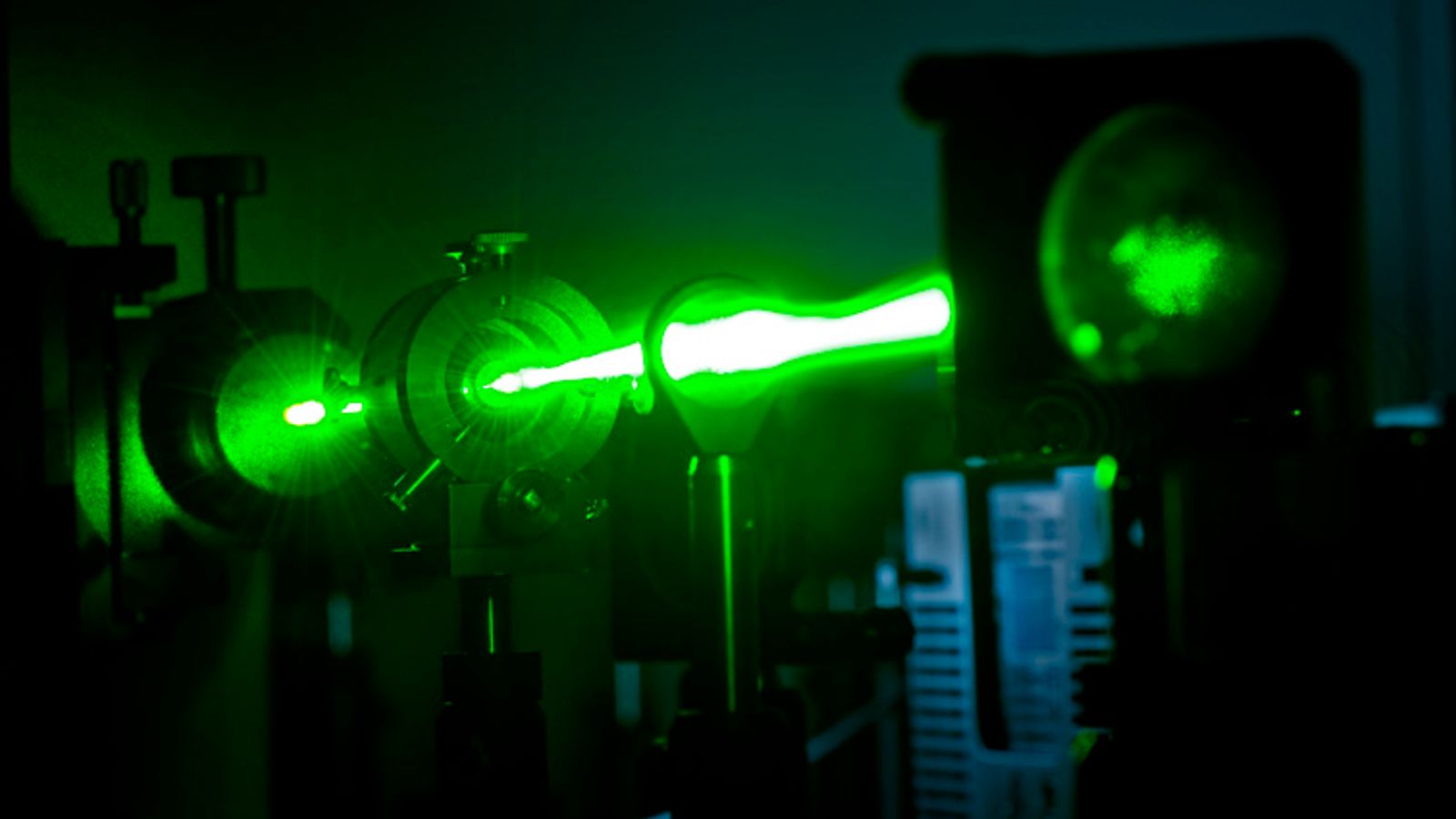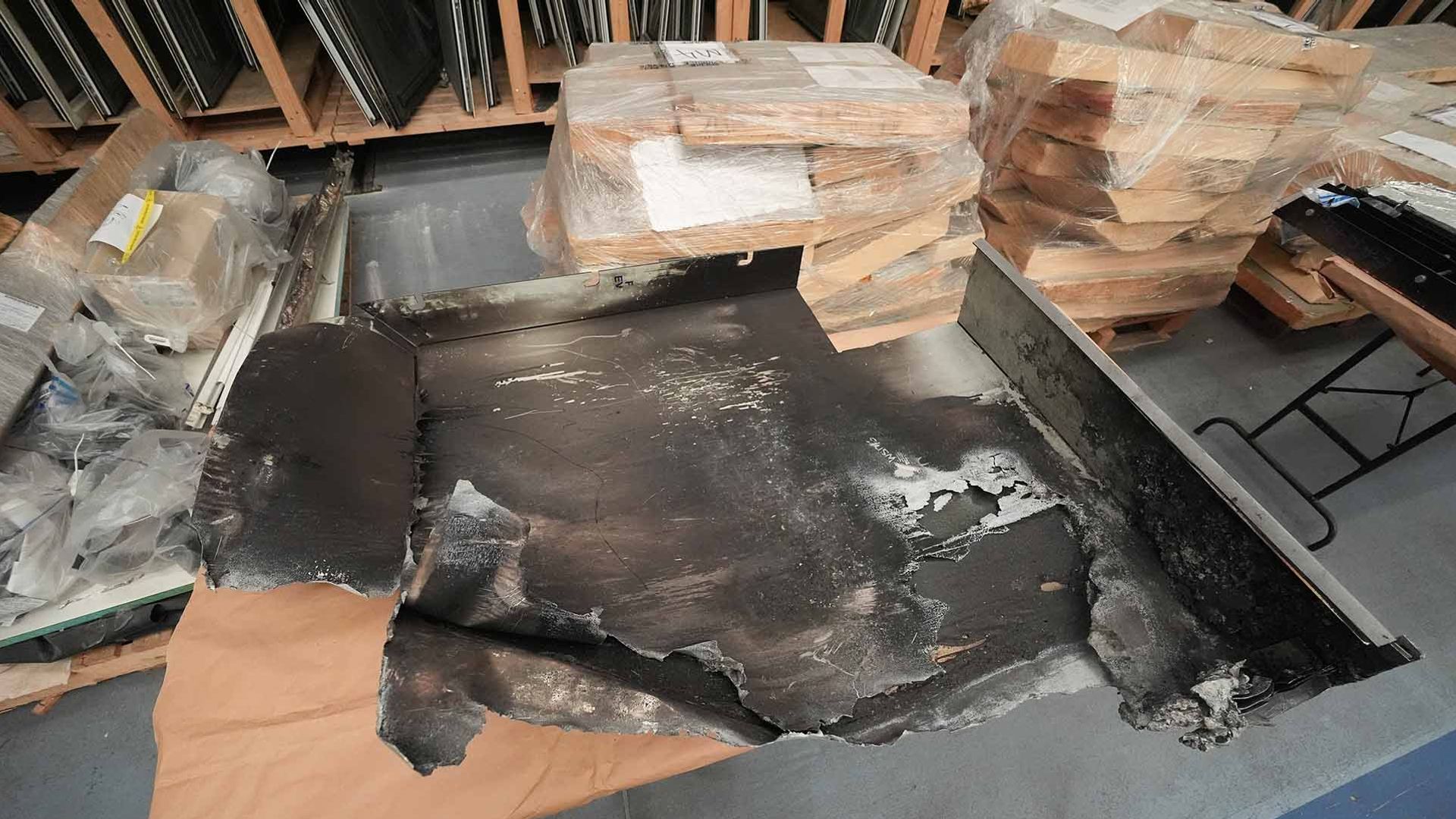The world’s most powerful laser will be built in Oxfordshire, thanks to £85m in new funding for the technology.
Scientists are aiming to develop the technology which will be a “million, billion, billion times brighter than the brightest sunlight” in the world.
It is thought the technology will have practical applications in nuclear fusion, renewable energy and batteries.
The most powerful laser currently at the Central Laser Facility in Oxfordshire is the Vulcan, which is used in plasma physics.
The Vulcan 20-20 will have a 20-fold increase in power with eight additional beams, making it the strongest laser in the world.
A single pulse from the laser will deliver more power than the entire National Grid, in a blast lasting a trillionth of a second on a minuscule target.
Construction of the laser will take six years to complete, creating a number of jobs in the science community, as well as for designers, engineers and technicians.
BMW to make new electric Mini in Oxford after securing millions in taxpayer funding
Oxford woman charged with murder over death of man whose body was found in river two years ago
Florence Pugh’s father blasts low traffic neighbourhood scheme as he loses his bar
Be the first to get Breaking News
Install the Sky News app for free
Professor Mark Thomson, executive chair of the Science and Technology Facilities Council (STFC), which provided the funding, said: “The Central Laser Facility has been a driving force behind discoveries that have advanced our understanding of diverse areas from the fundamental properties of matter under extreme conditions to the formation of stars and planets.”
Professor John Collier, director of the Central Laser Facility, added: “Vulcan has been the flagship laser at CLF for many years, and widely recognised internationally as a pioneering facility.
“Over the past 40 years, it has made important contributions to plasma physics research and hundreds of PhD students have been trained at the facility.
“It is timely for Vulcan to undergo its next major upgrade, making it ready to serve a new generation of scientists, ensuring the UK retains its leadership role in this field.”
Read more:
Laser beam used to successfully divert lightning strikes
The current Vulcan project helped map how COVID infects and damages cells during the pandemic, as well as developing new techniques for security screening in airports.
Science minister George Freeman said: “Re-establishing Britain as home to the world’s most powerful laser is an exciting opportunity to explore the unexplored in astronomy and physics, stride towards new clean energy sources for the good of our planet and much more.
“By investing £85m to give our research community the edge in leading crucial scientific discoveries, we are also delivering hundreds of highly skilled jobs in science and engineering that boost the UK science sector and grow our economy.”










